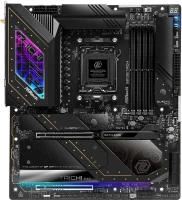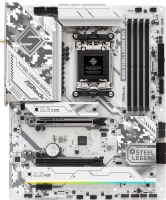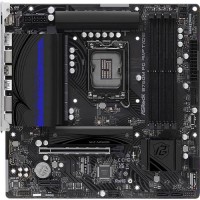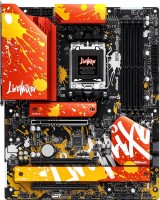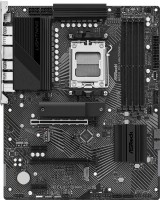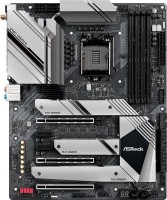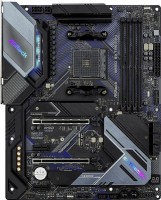Motherboards ASRock series Workstation
prices on 3 modelsASRock Workstation (workstations)
Usually, by the term "workstation", component manufacturers mean something extremely expensive, powerful and close to NASA supercomputers. For example, specialized NVIDIA Tesla graphics cards, 64-core server processors or technically advanced HEDT-class motherboards. In the case of ASRock Workstation, history has turned in a different direction — only inexpensive highly specialized motherboards fall into this series, which belong in office computers, trading terminals and administrative stations, from which no feats are required. The main thing is reliability.
 |
For example, in the production of many boards of this series, the gaps between the printed circuit boards were reduced in the design in order to achieve better protection against short circuits in conditions of high humidity. Power circuits are often equipped with additional protection, and reliable solid-state capacitors are used in the production of boards. Among other specific features of the ASRock Workstation series boards, things like the option to automatically start the UEFI BIOS when the board is switched on or switched on are highlighted. Otherwise, the functionality of these boards is limited to the most necessary (video inputs, ports for drives, LAN controller, etc.) and does not particularly strive to surprise with something.
Most of the boards in this series are built on AMD A50M or Intel H310 chipsets that are not particularly popular in 2021 and are made in the ATX/micro-ATX form factor. However, this is not surprising, because ASRock released the bulk of these boards in 2018. The situation is the same with the sockets used: most often there are models on the AMD AM3+ and Intel LGA 1151 v2 platform in everyday use, and such a good is not friendly with most processors released after 2019. But many representatives of this series allow you to save on a graphics card, as they are equipped with a built-in video core to which you can connect a monitor.

